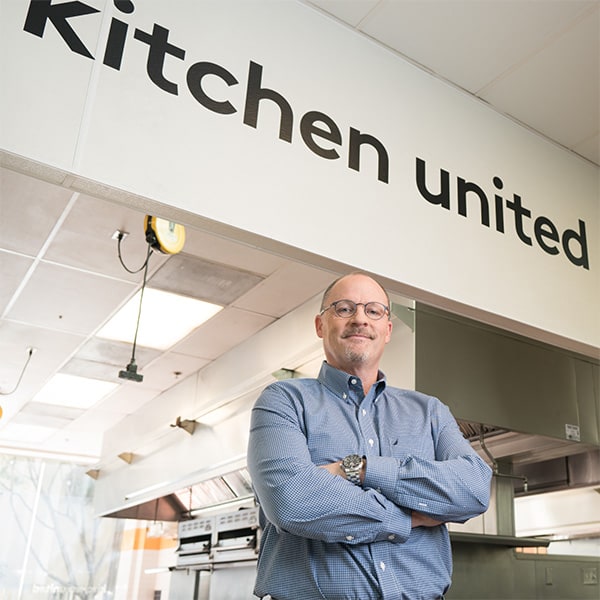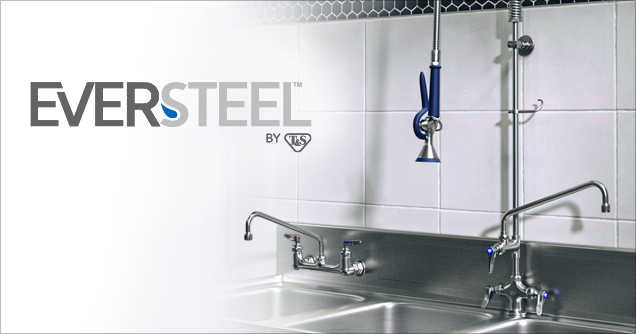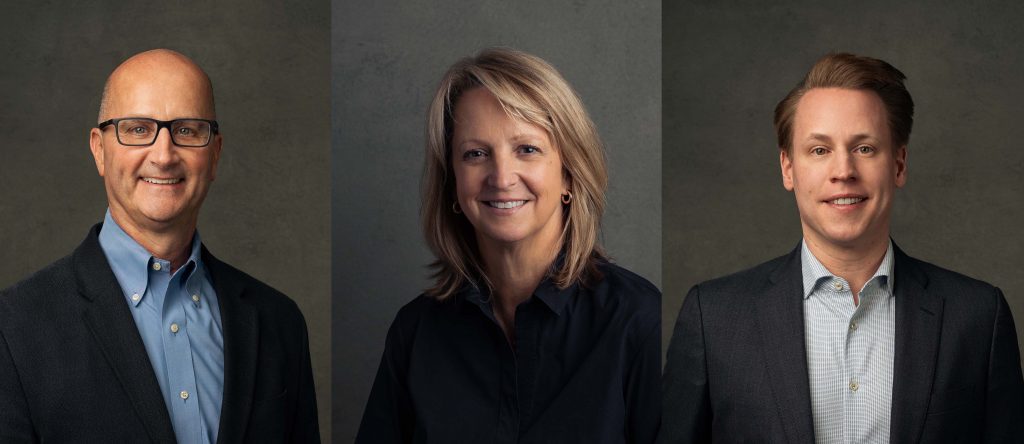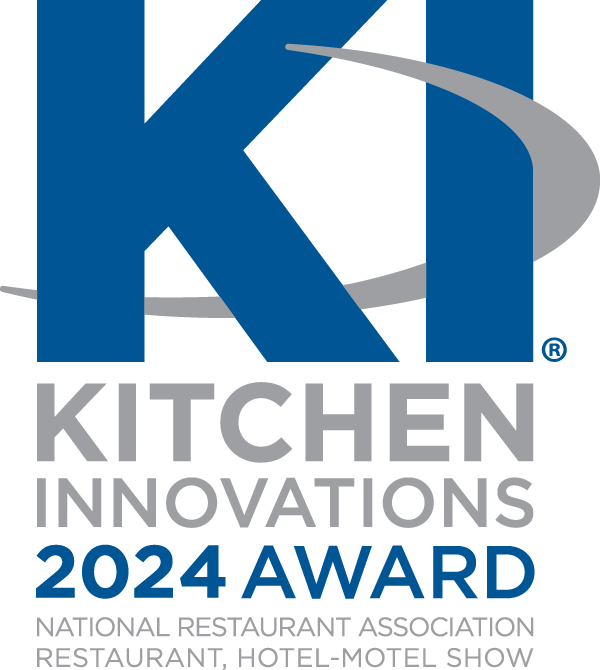
With the increasing popularity of food delivery a significant financial concern affecting restaurateurs is the substantial 30% commission services such as Uber Eats and Seamless are charging operators. With Uber Eats’ recently switched from charging a flat delivery fee to a distance-based delivery fee, according to Jim Collins, CEO of Kitchen United, a unique kitchen-share concept for culinary entrepreneurs and existing restaurants to rent commercial kitchen space, those fees are not going away anytime soon.
Here, Collins discusses how some aspects of the delivery model could change in the near future and how this could impact restaurants and their relationships with customers:
Why is Uber Eats’ decision to switch from a flat delivery fee to a distance-based fee an interesting development for the foodservice sector?
People think of Uber as this huge company that can more or less do anything. But the fact is that, outside of a few markets, they are in a deep battle for marketshare with the other demand-side platforms (DSP). This shift actually aligns them with the rest of the market and shows that even Uber needs to compete.
How will it affect operators? What are the benefits/disadvantages?
The benefit for operators is clearer. If they have customers who are nearby their restaurants, smaller delivery fees will mean more orders, since orders are a function – in part – of cost. A lower fee will mean a lower break-point on what consumers are willing to pay for the service over and above the food. In other words, if you want to order an item from a restaurant down the street that costs $8 and the delivery fee used to be $7 for a total of $15, and now the delivery fee is $3 for a total of $11, that may have an impact on your willingness to place the order. Most consumer modeling shows that there are clear break points in this pricing continuum.
How can operators adapt in order to take advantage of the new business model?
That’s the subject for a whole different story. The fact is that operators have to adapt in a lot of ways and that few really are. Those who are taking advantage of the new channel are reaping the reward of vastly increased ordering and incremental sales. Those who are fighting, or are trying to just stick their toe in the water are finding a tough road. The biggest thing is understanding that restaurants are really entering the world of e-commerce. So every process needs to be reconsidered, from what the online menu contains, to how food is prepared. Pictures of menu items are incredibly important and often overlooked. Or ignored, which is a big mistake.
Do you believe other providers will follow this decision? How will the market evolve?
This was really Uber coming to where the market is, so the other providers are already there. Over time the market will shift through increased penetration and consumer price pressure. Delivery fees to restaurants are unsustainable at 30% but right now the DSPs need them. If Amazon makes a big bet or someone else decides to decrease fees then fees will decrease, but I don’t see this happening any time soon.
How can organizations such as Kitchen United help in this regard?
Restaurants who see the new consumer as a new market understand that proximity to their diners is key. They can’t build dining rooms everywhere to meet this need, so remote kitchens provide an important new tool in their arsenal. Because we spend all of our time in this space, and because we really serve all three elements of the market: restaurants and DSPs, catering apps and self ordering solutions, and, finally, consumers, we also hold and can provide a wealth of information about how to adapt and succeed.
How can foodservice consultants also assist operators to stay on top of these changes?
Without wanting to offend, stop telling restaurants to hold on to the past. The primary advantage the big chains have is that they have time to analyze and review the data. The amount of data pointing to a massive shift in consumer preference is overwhelming. Too many local or regional consultants are telling their restaurants to fight the change. That’s terrible advice. Restaurants who don’t adapt will be left behind. Kind of like the proverbial mice who wonder where their cheese went. The DSPs are not in and of themselves competitive. They know foodservice is hard. Restaurants need to begin to leverage them as a marketing channel. That takes new thinking and a new approach, and that’s what consultants are really supposed to be great at.
What other developments do you foresee on the horizon in this side of the sector?
Almost too many to list, but the biggest relate to how consumers understand and relate to restaurants. To an increasing degree, consumers no longer see restaurants as a place to eat. They see restaurants as a place to gather. The shift toward off premise isn’t a shift away from prepared food, it’s a shift toward independence. People aren’t deciding they don’t want great prepared dishes, they’re deciding they don’t want to cook, and they want to eat what they want wherever they choose to be. This is why all of the new models are so incremental. But the fact is that a lot of the old-world establishment will be left behind because they just refuse to understand that they can’t get the herd to turn back. There are so many other things that will change in the next five years. Autonomous delivery vehicles will become more and more real, dramatically decreasing the cost of delivery. Robot assistants and incredibly efficient outsourced prep will decrease kitchen labor costs. Apps, tablets and other streamlining technology will decrease labor cost in the dining room. It’s funny, I’ve written all of that and if you ask me what the single most important thing for a restaurant to do to succeed is? I’d tell you make great food and provide great service. The only difference is that what ‘great service’ means is changing.
Are you positive for the future of this industry?
I’m more than positive. I’ve downright, passionately, excited. Change isn’t bad unless you fear the future. Change creates opportunities. All of the projective models for this space show that for all sectors except casual dining there is dramatic growth in the future. Casual dining is a huge segment, so that’s not a small statement, but those in the space know they need to change in order to deal with the new consumer. The shift isn’t instant, it is incremental, so there is time to change. The great news is that for independents and regional chains, the playing field is leveling. New opportunities to expand without the capital requirements of the past are all around them and even local restaurants like my own, who don’t necessarily want to expand, but who want to focus on providing a great product in a defined community can adapt their way to a great future.
Michael Jones




